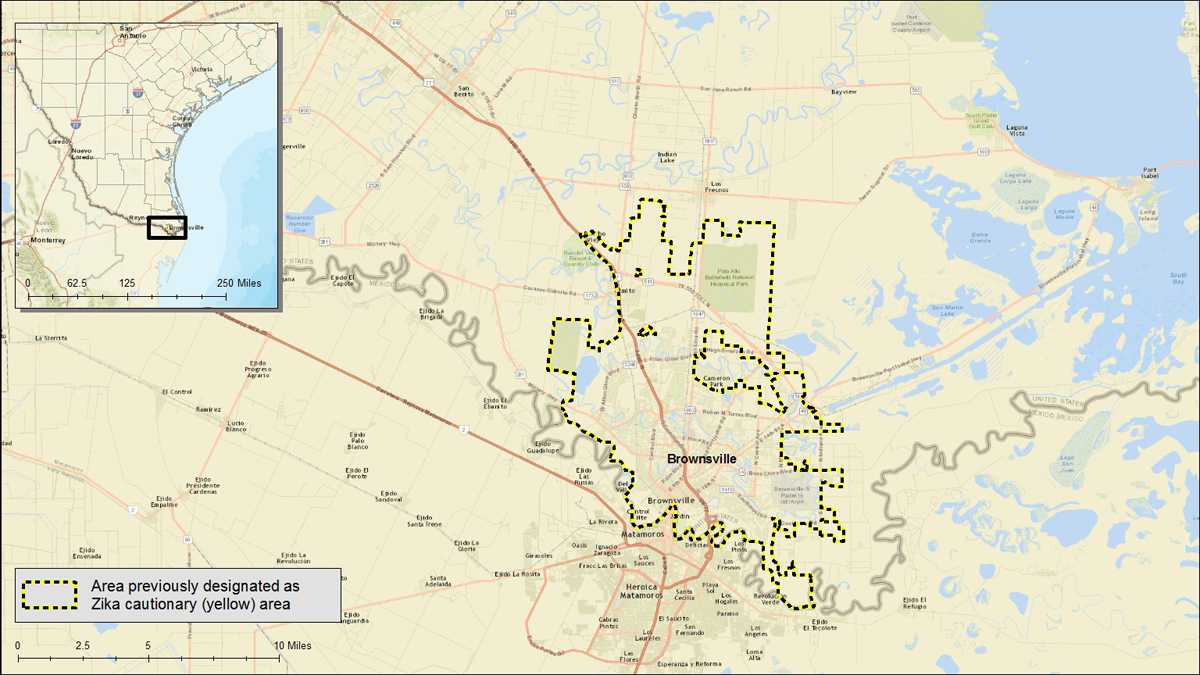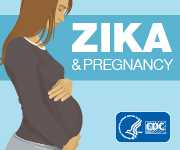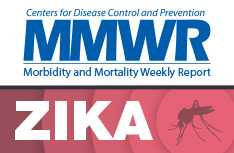Advice for people living in or traveling to Brownsville, Texas
CDC designates areas for Zika virus transmission prevention in the continental United States and Hawaii as red or yellow. Brownsville, Texas was previously designated as a Zika cautionary (yellow) area, but that designation was lifted on August 29, 2017. This means that there are no longer any travel recommendations related to Zika virus for Brownsville, Texas. Although the level of risk of Zika virus transmission after a yellow area is lifted is not known, it is likely to be low. However, sporadic cases may still occur in Brownsville or the surrounding areas (e.g., Lower Rio Grande Valley). For this reason, CDC recommends that people living in or traveling to Brownsville and the southernmost areas of the state continue to protect themselves from mosquito-borne illnesses, including Zika virus, by following the guidance below. See CDC’s travel, testing, and pregnancy planning guidance for areas with reported mosquito-borne spread of Zika virus.
Hurricanes and mosquitoes
- Learn more about mosquitoes and hurricanes.
Travel
- Because Brownsville is no longer a yellow area, there are no recommendations to avoid travel to this area.
Prevention
- Women and men who live in or travel to Brownsville, TX and the southernmost areas of the state, should remain aware of any new reports of Zika virus transmission in their area and should follow steps to prevent mosquito bites to reduce their risk for illnesses spread by mosquitoes, including Zika virus.
- Because Zika virus can stay in semen for months, there may still be a continuing risk for sexual transmission, whether or not the partner had symptoms of Zika. Pregnant women and their partners who live in or travel to Brownsville who want to reduce their risk of Zika virus infection should use condoms every time they have sex (including vaginal, anal, and oral sex), or they should not have sex during the pregnancy.
- Women who are not pregnant and men who live in or travel to this area who want to reduce their risk of Zika virus infection should consider using condoms every time they have sex, or not having sex. Men should consider condom use or not have sex for at least 6 months, and women should consider having sex with a condom or not having sex for at least 2 months from August 29, 2017.
Testing and Diagnosis
- Anyone who lived in or traveled to Brownsville or had sex with a partner who lived in or traveled to Brownsville between October 29, 2016 and August 29, 2017 and who has signs and symptoms consistent with Zika should be tested for Zika virus. CDC recommendations for pregnant women can be found in the updated MMWR report.
- The state of Texas may take into account local epidemiologic considerations (e.g., seasonality, geography, and mosquito surveillance and control factors) in making recommendations for Zika virus testing for pregnant women. Healthcare providers should contact their state health department for state-specific guidance.
Pregnancy Planning
- People living in Brownsville should talk to their healthcare provider about the possible risk for Zika infection and about their pregnancy plans. Although the level of Zika virus transmission is likely to be low, sporadic cases may still occur. In addition, couples should consider the possible resurgence of active transmission of Zika virus during the next mosquito season in their pregnancy planning.
- Men who traveled to Brownsville between October 29, 2016, and August 29, 2017, should consider waiting at least 6 months after their last possible exposure to this area before attempting to conceive with their partner.
- Women who traveled to Brownsville between October 29, 2016, and August 29, 2017, should consider waiting at least 2 months after their last possible exposure to this area before attempting to conceive with their partner.
- If both male and female partners of a couple traveled together to Brownsville between October 29, 2016, and August 29, 2017, they should consider waiting at least 6 months after their last possible exposure to this area before attempting to conceive.
- Limited data are available about the persistence of Zika in body fluids and the chances of harm to a pregnancy when the woman is infected with Zika around the time of conception. Some couples with a partner with possible Zika virus exposure may choose to wait longer or shorter than the recommended period to try to get pregnant. For more information, see CDC’s travel, testing, and pregnancy planning guidance for areas with reported mosquito-borne spread of Zika virus.
Previous Zika cautionary area in Brownsville, TX

Brownsville, TX. Yellow shows previously designated Zika cautionary (yellow) areas.
Timeline
- On November 28, 2016, the Texas Department of State Health Services reported the state’s first case of local mosquito-borne Zika virus infection in Brownsville. Additional cases of mosquito-borne Zika were also identified in the area. On December 14, 2016, CDC issued guidance related to Zika for people living in or traveling to Brownsville, Cameron County, Texas.
- The Texas DSHS released a Zika Health Alert for enhanced Zika surveillance and modified testing guidelines on August 24, 2017.
- Page last reviewed: October 10, 2017
- Page last updated: October 10, 2017
- Content source:





 ShareCompartir
ShareCompartir